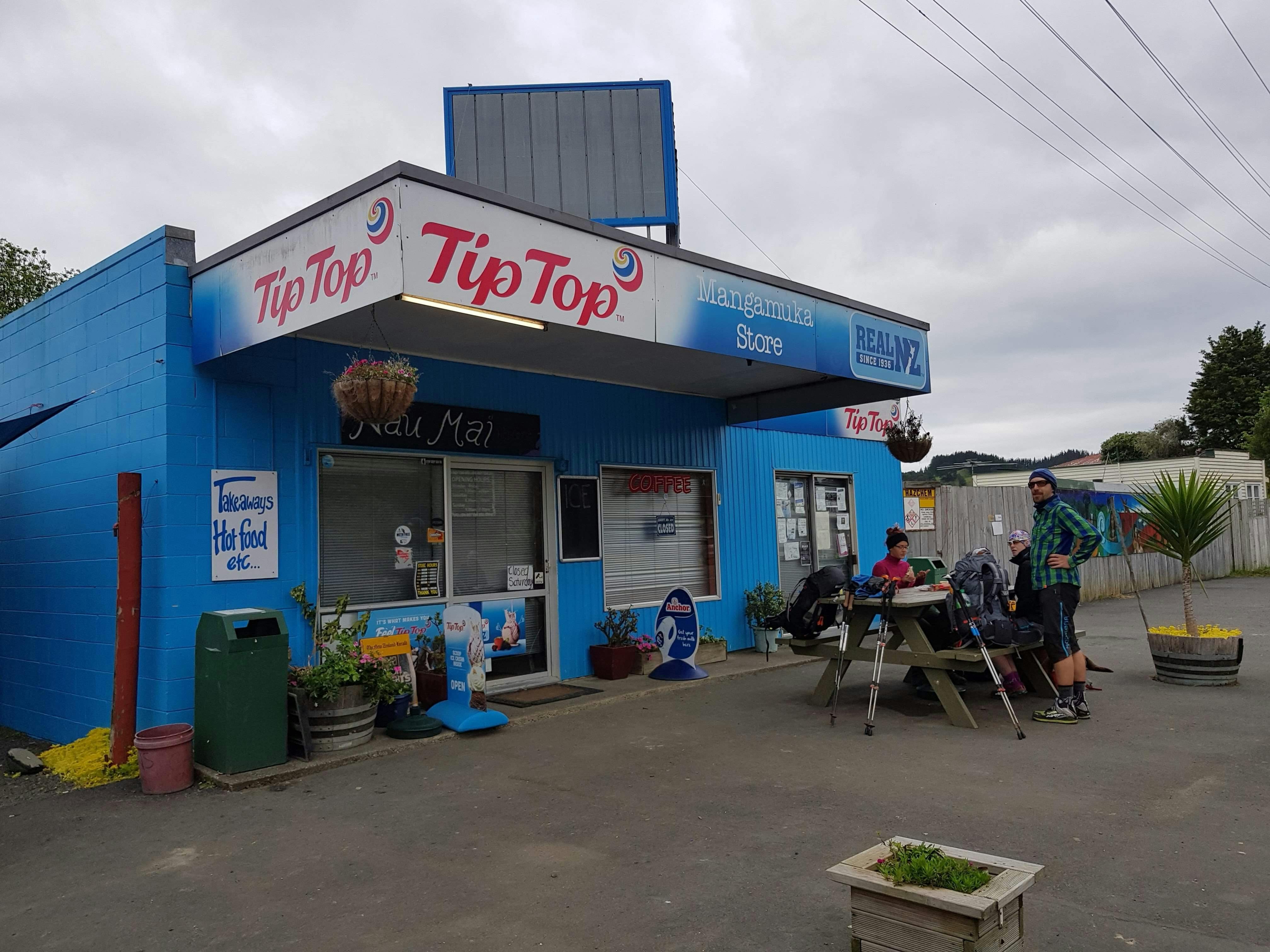The growing number of walkers exploring the Te Araroa trail has been a cause for concern among outdoor users who find huts over-fill and facilities rundown, but off the trail, there are some definite bright spots. Namely, TA walkers are helping to sustain many of the businesses and small communities along its length.
The 3000km walking trail passes through more than 20 towns and cities as it winds its way from Cape Reinga to Bluff. More than 1100 people walked the full length of the trail over the 2018/2019 walking season and many thousands more explored individual sections.
Te Araroa chief executive Mark Weatherall said the average thru-walker spent between $7000 and $10,000 during their three- to five-month journey, and millions more was spent by the tens of thousands of other walkers who hiked sections of the trail throughout the year.
“The volunteers who have worked for decades to create Te Araroa would be delighted to see so many people getting outdoors, connecting with the environment, and breathing new life into businesses and rural communities along the way,” he said.
Pakiri Beach Holiday Park manager Rachel Macfarlane said her business was one of many in Northland that benefited from people walking the trail. More than 200 walkers had overnighted at the holiday park on the Matakana Coast this season, making a positive contribution to her business.
“It’s really cool when they come through because a lot of them slot in around the traditional busy season,” she said. “Those heading south often arrive in spring and many the walkers walking north arrive in autumn.”
Many walkers bought supplies from the shop at Pakiri Beach Holiday Park before continuing their journey, and the diversity of visitors from overseas and other parts of New Zealand created a lot of energy and goodwill, Macfarlane said.
Another business benefiting from the trail is BeSpoke Bike Tours, based in Tekapo. Some trail walkers cycle the Alps 2 Ocean section of the trail between Tekapo and Lake Ohau, and many that do so hire their bikes from the company.
Owner Annie O’Sullivan said some trail walkers enjoyed trying a different mode of transport after weeks of walking.
“This was our first year in business and the impact of trail walkers was very unexpected,” she said. “Te Araroa walkers made up the bulk of my business this year – probably around 70 per cent.”
O’Sullivan said she would purchase more bikes and expand her operation for the year ahead.
Many local authorities are also positive about the trail’s impact. Palmerston North City Council Leisure Assets Officer Brian Way said Te Araroa walkers had been “very visible” in Palmerston North over the past year, particularly along the Manawatū River Pathway and in the town square.
“Te Araroa helps put Palmerston North on the tourist map,” he said. “Visiting walkers provide an opportunity for locals to meet people from other countries and Te Araroa walkers all stay somewhere and have to eat, so our supermarkets, restaurants, outdoor stores, and accommodation providers all benefit.”
The TA’s Mark Weatherall said the economic benefits provided by trail walkers were just one facet of what Te Araroa was contributing to New Zealand. It also provided physical and mental health benefits for walkers, built a passion for the outdoors among children and young people, and connected Kiwis and others walking the trail with the people and landscapes that make up New Zealand.
He said the challenge for the Trust in future was ensuring the growing number of visitors were managed for the benefit of trail walkers, as well as the environment, businesses and many communities it touched.
“We know the trail’s popularity places pressure on infrastructure, so one of our major focuses in future will be on working to ensure future growth in walker numbers is managed effectively.”
Mr Weatherall said Te Araroa Trust was working on a new strategy that would prioritise the trail walking experience, along with the sustainability of the trail and the environments and communities that support it. That strategy would be available on the Trust’s website in the coming weeks.







